How to Troubleshoot a Non-Working Dell Docking Station?
When a Dell Docking Station fails to work, users may find themselves unable to power on the station or connect peripherals such as monitors or audio devices, which can significantly disrupt their workflow. The most common issue arises from faulty or outdated device drivers, interfering with the docking station’s operations.
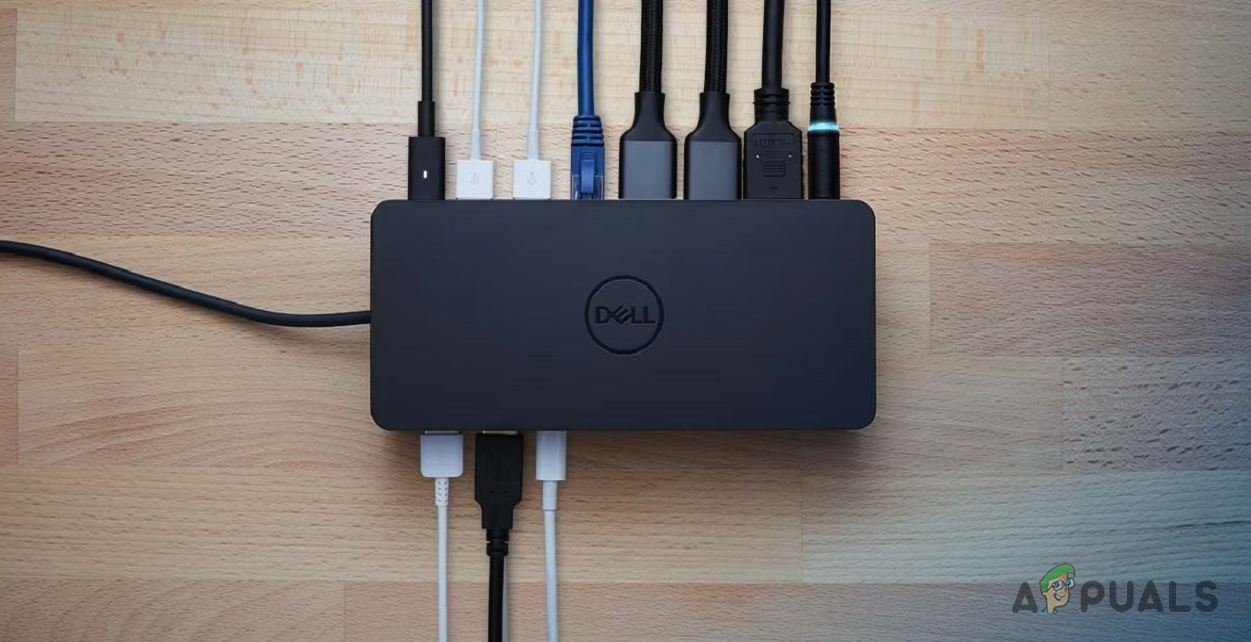
Other factors contributing to this problem include physical damage to the docking station or its ports, improper connections, or compatibility issues with the laptop in use.
To troubleshoot, first inspect the docking station and cables for any physical damage. If no damage is visible, perform a reset by disconnecting all cables, including the power supply, and reconnecting them after a few minutes to reset the internal hardware.
If the issue persists, please try the following solutions.
1. Disable Power Management on Drivers
Begin by disabling the power management feature on the drivers in question. This action prevents Windows from disabling the adapter on your computer for power savings.
Disabled adapters often lead to non-functioning peripherals connected to the Dell docking station. You must locate the affected hub and disable power management for that specific driver using the Device Manager.
- Open the Start Menu and search for Device Manager, then open it.
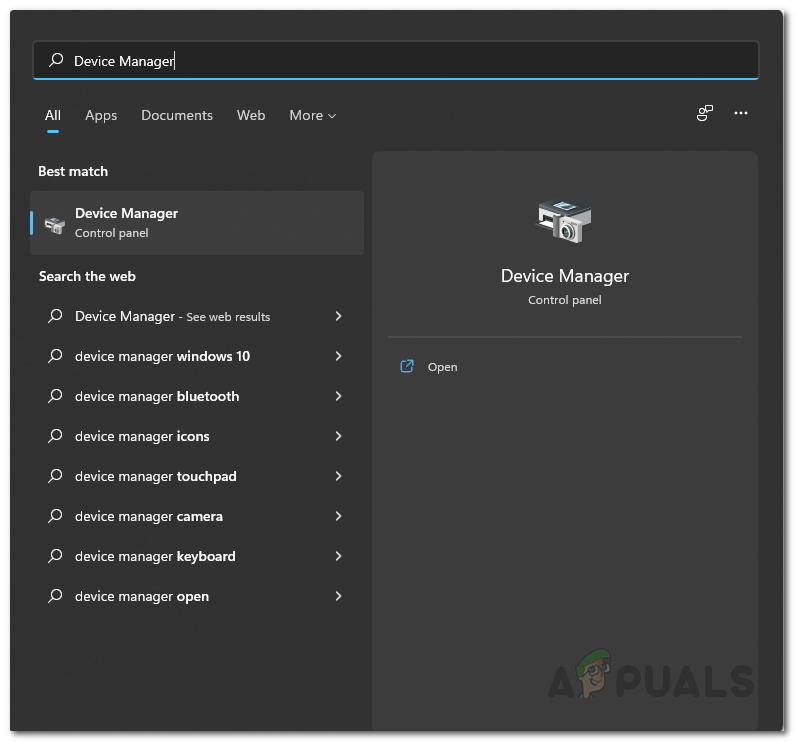
Opening the Device Manager - Next, expand the category relevant to your docking station’s issue.
- If USB hubs are problematic, for instance, expand the Universal Serial Bus Controllers list.
- Right-click on the target driver and select Properties.
- Go to the Power Management tab.
- Uncheck the Allow the computer to turn off this device to save power option.
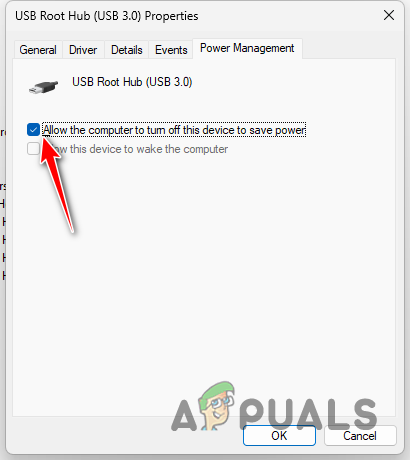
Disabling Power Management in USB Adapter - Click OK.
2. Install Relevant Drivers
Another cause for a non-functioning Dell docking station is missing drivers on your computer. Without the necessary drivers, peripherals cannot communicate with your PC.
To fix this, install the required drivers. For instance, if the docking station’s LAN port is non-operational, make sure you have installed the appropriate RealTek ethernet controller drivers.
- Navigate to the official Dell drivers support website by following this link.
- Search for your specific Dell dock.
- Download and install the relevant drivers for your device.
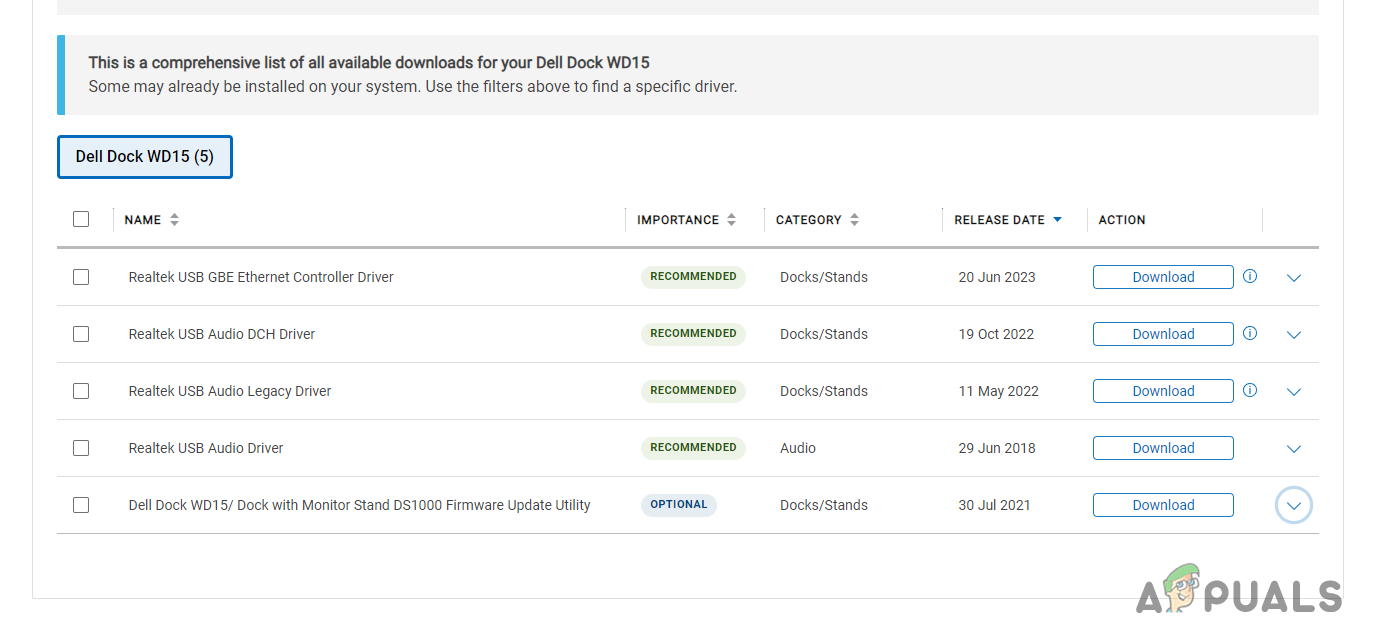
Dell Dock Drivers - Restart your computer and check if the problem has been resolved.
3. Disable Display Stream Compression
If you encounter issues with external monitors connected through the Dell docking station, consider disabling Display Stream Compression (DSC) through the Windows Registry.
DSC manages the video signal’s available bandwidth. Deactivating this feature can enable the monitors to receive input signals correctly.
- Open Notepad by searching for it via the Start Menu.
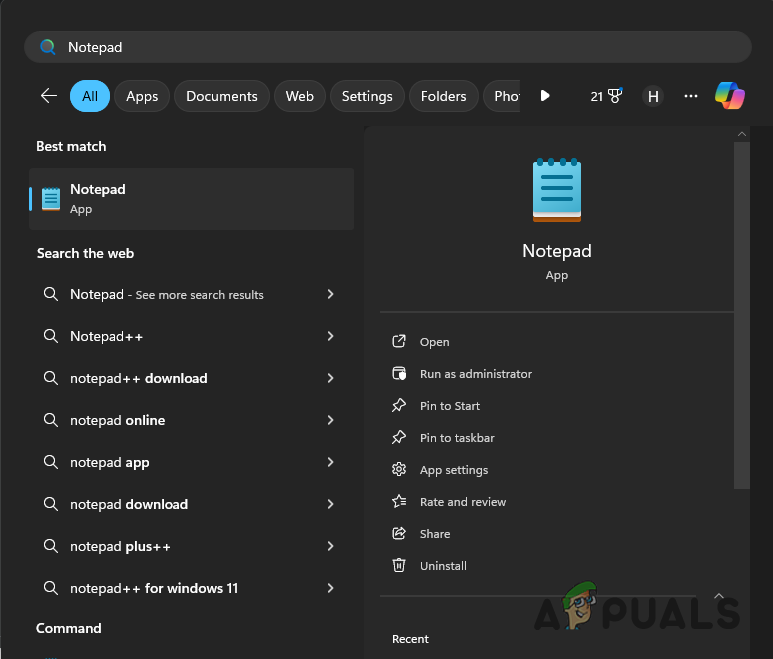
Opening Notepad - Copy and paste the following code snippet into Notepad:
Windows Registry Editor Version 5.00 [HKEY_LOCAL_MACHINE\SYSTEM\CurrentControlSet\Control\Class{4d36e968-e325-11ce-bfc1-08002be10318}\0000] "DPMstDscDisable"=dword:00000002 [HKEY_LOCAL_MACHINE\SYSTEM\CurrentControlSet\Control\Class{4d36e968-e325-11ce-bfc1-08002be10318}\0001] "DPMstDscDisable"=dword:00000002 [HKEY_LOCAL_MACHINE\SYSTEM\CurrentControlSet\Control\Class{4d36e968-e325-11ce-bfc1-08002be10318}\0002] "DPMstDscDisable"=dword:00000002 - Choose File > Save As.
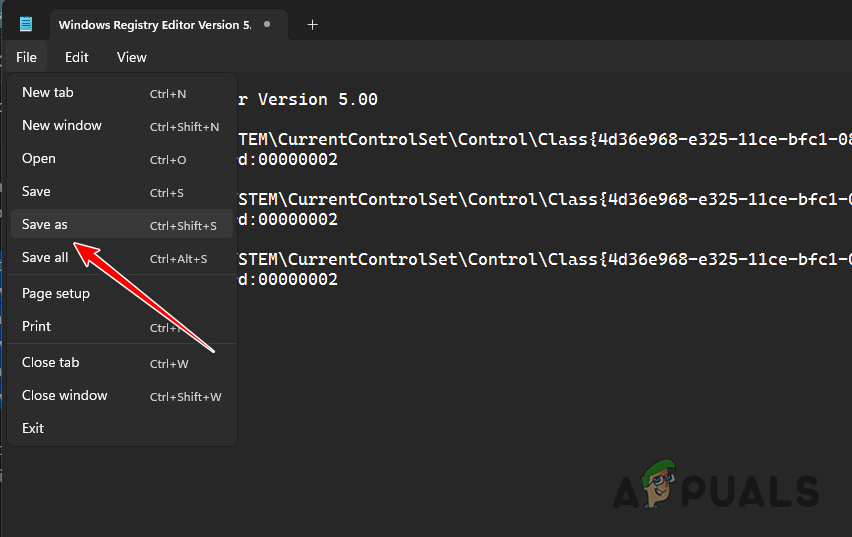
Saving Notepad File - Name the file Disable_DSC.reg and set All Files as the file type.
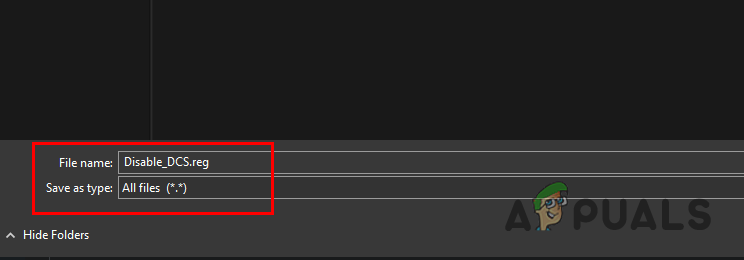
Saving Disable DCS Registry Script - Run the registry script you have created.
- Restart your computer to apply the changes.
4. Power Reset Dell Docking Station
Power resetting the Dell docking station can fix inconsistencies within the device. This action resets internal settings and helps the docking station to start anew.
Power off the Dell docking station, disconnect all cables, and remove the power adapter. Wait for about 10 seconds before reconnecting the power adapter and turning the station back on.
Once powered on, reconnect your peripherals to see if the issue has been resolved.
5. Update Dell Docking Station Firmware
Outdated firmware might also prevent a Dell docking station from functioning correctly. Updating the firmware with the provided utility can resolve such issues.
Dell offers a firmware updating tool specific to its docking stations, facilitating the installation of the latest updates.
- Access the Dell Driver support website by clicking this link.
- Find your docking station model on the website.
- From the downloads section, acquire the firmware update utility.
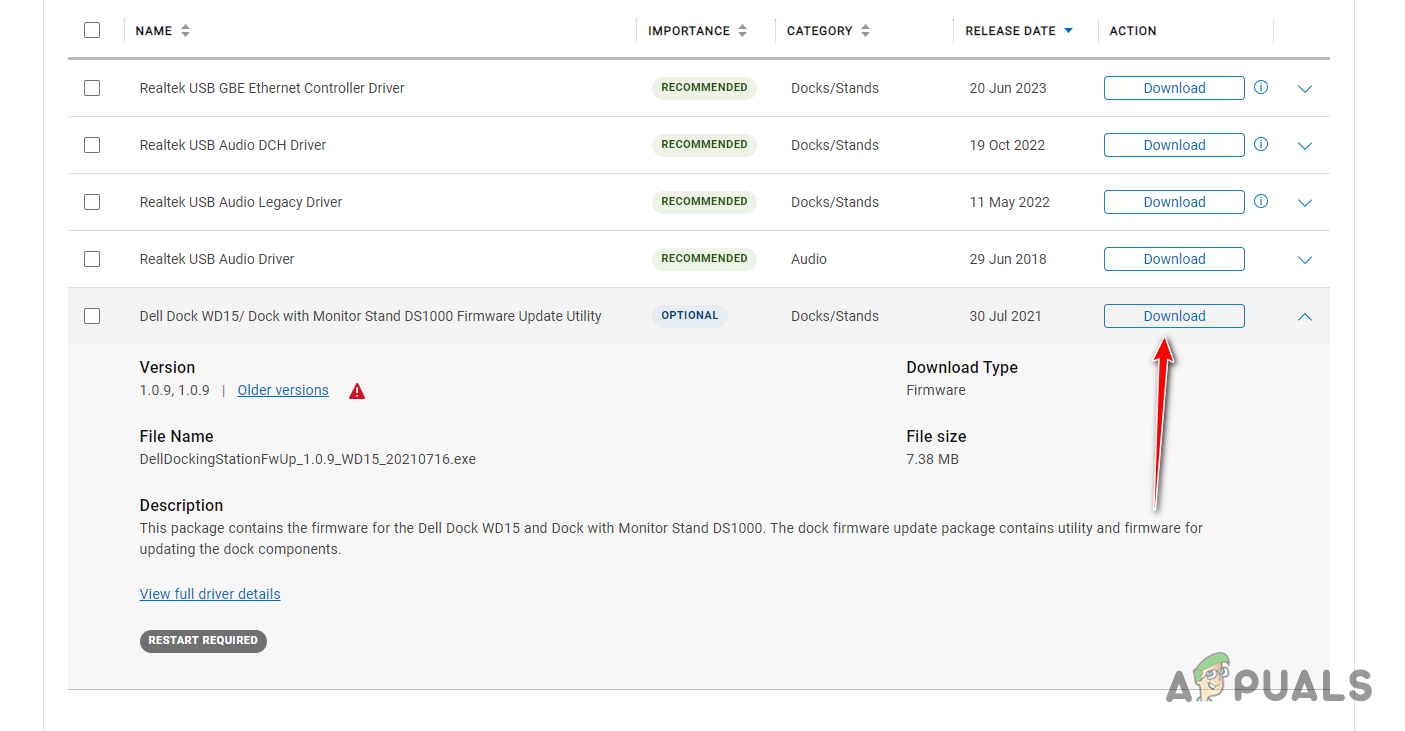
Downloading Dell Dock Firmware Update Utility - Connect the docking station to your PC.
- Execute the firmware update utility as an administrator.
- Let the tool perform diagnostics on your docking station.
- Begin the update process by clicking Update.
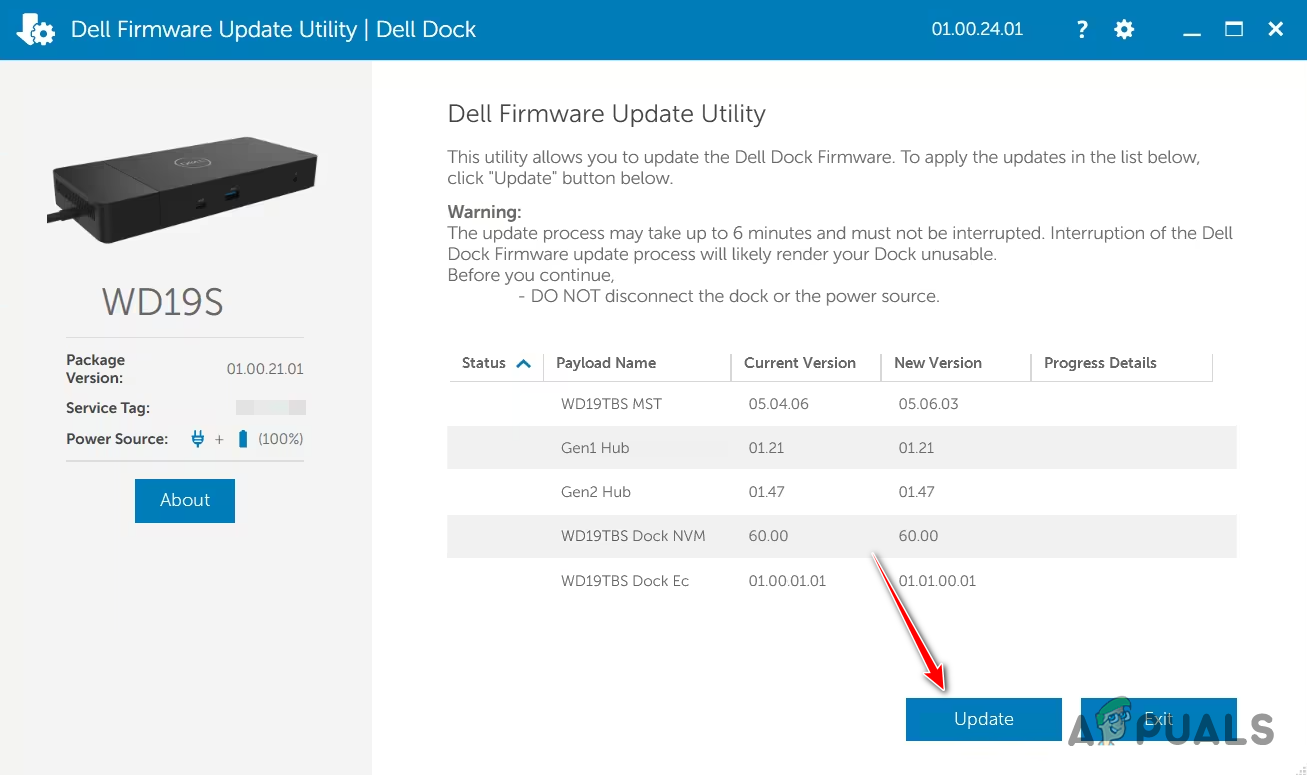
Updating Dell Dock Firmware - Upon completion, reboot your computer.
With these solutions, you should be able to get your Dell docking station working properly. If the station still does not function, reach out to the Dell support team for further assistance.





